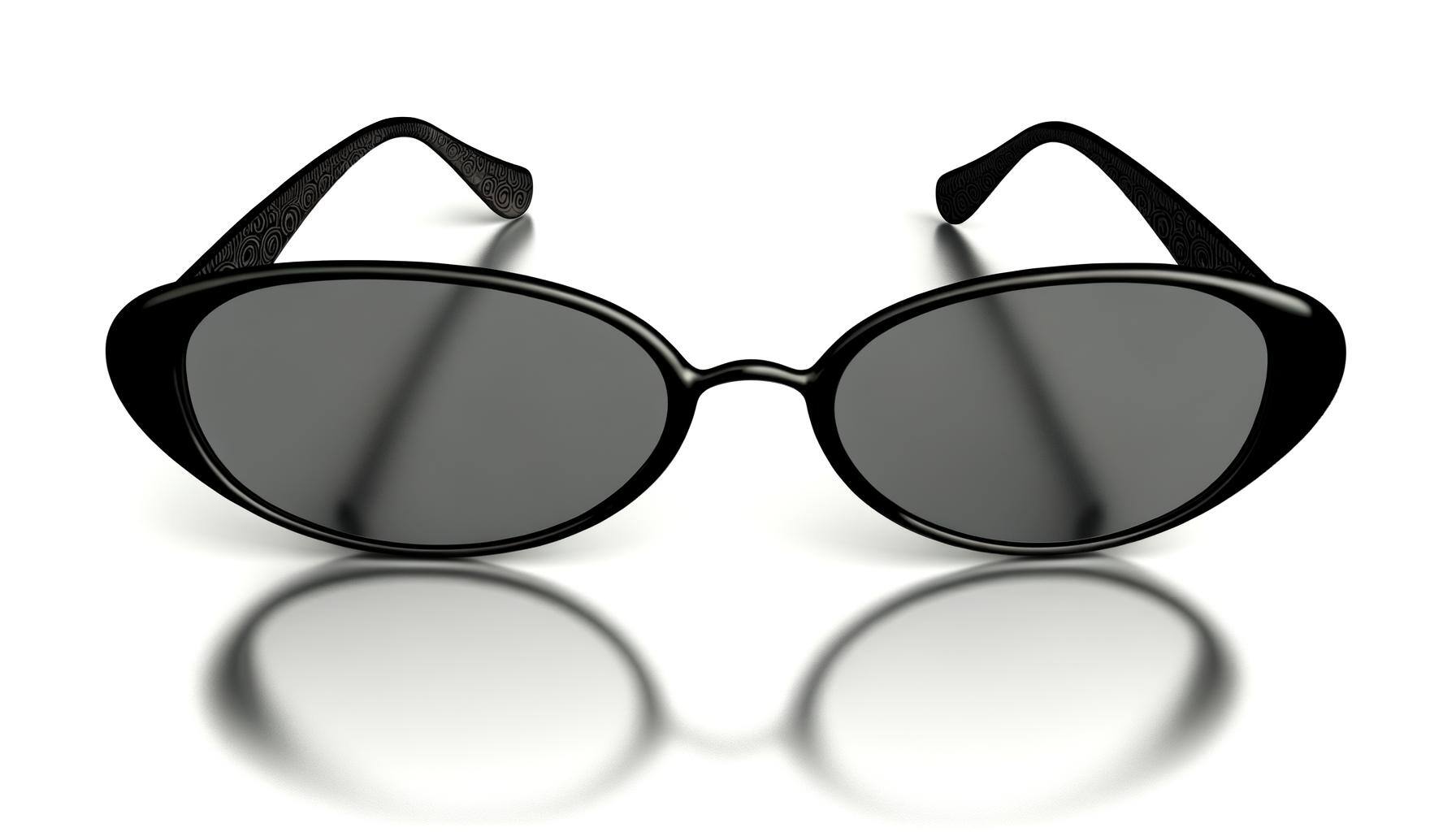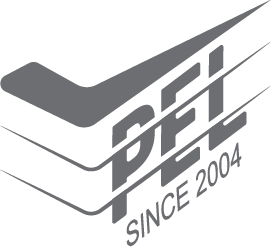Looking at importing quality sunglasses from China for the first time? This quick guide will tell you everything you MUST know before you get started.
Starting out with importing eyewear from China for the first time can leave you with some serious questions that need answering i.e. How do I pick a manufacturer? How can I guarantee quality? Will the products be on par with safety standards? Rest assured we’re here to put your mind at ease and give you all the information you need to take the next step.
How Do You Find The Right Eyewear Manufacturer in China?
.png?width=1024&name=shutterstock_630641330%20(1).png)
In China manufacturing tends to be somewhat segmented, meaning to say that those specific regions manufacture specific products i.e. Steel products are predominantly produced in Tianjin, plastic molded products in Dongguan and sunglasses mostly in Zhejiang province South of Shanghai. This isn’t set in stone though, and you do have factories producing excellent eyewear across China, but it’s good to know that you can find a group of companies producing similar products in the same area.
Wenzhou has the largest cluster of Sunglass manufacturers in the world; there are hundreds of manufacturers, component suppliers, and trading companies situated here. And this is exactly where the problem comes in, how do you go about choosing the right company to manufacture your sunglasses, where do you start?
To make your search a little easier we’ve compiled a list of things you should know when considering manufacturing sunglasses in China:
1. Compliance of The Product
Firstly you need to consider if the supplier to manufacture your sunglasses are in fact experienced manufacturing the products to the regulations specific to your country, city or state.
You will have to harp on about this at the early stages of your due diligence, and what you tend to find is that a good amount of suppliers are not in compliance. As the supplier in your specific area, you are responsible for knowing the laws and making sure that any and all eyewear you import is compliant with product safety standards, labeling requirements, zero harmful substances, etc. To make this entire process quick and painless, you can start by looking at the manufacturer and if they have the capability to produce compliant products.
How do you go about this you might ask, well the first thing you have to do is to request product compliance certificate document.
In the case of Eyewear you should be looking at:
- Test Report and an FDA declaration of conformity
- A personal protective equipment directive declaration of conformity and a test report where possible (this will vary from region to region, here’s an example from the UK)
This is a good starting place to quickly filter potential manufacturers, leaving you to focus only on the manufacturers that have their compliance in place.
2. Social Compliance Audit Reports and Quality Management System Certificate
.png?width=1024&name=shutterstock_533539180%20(1).png)
Understandably this can sound like a lot to take in, but it’s crucial that the potential manufacturer has these certificates available for inspection, and make sure that they are current.
- A quality management certificate (QMS) i.e. ISO 9001:2015 indicates that the supplier manufactures to a certain international standard.
- Social compliance audit reports is a report showing that the supplier you’re looking to work with is treating their workforce fairly, paying them enough and that their living environment is up to standard. This has become the norm all around the world and should be available as a standard report from your supplier.
For the sake of being thorough you should look at the following as well:
- Registered business scope: Is the company you're looking at a manufacturer or a middle man, be sure to clarify that they are in fact producing themselves and cut out the middleman from the start
- Registered capital - If the registered capital amount is on the smaller side this can indicate a relatively small supplier, this in itself isn’t necessarily a bad thing, but a company with a higher registered capital is an indication of a serious player.
3. Product Specification
Before manufacturing can start sunglass manufacturers expect their buyers to provide them with a set of specifications for the product that needs to be produced. Sunglasses are very customizable, and the same designs could be produced using different materials and components in the same frame mold for example. As you probably already figured, the materials and components are the factors that affect the unit price directly; you can read more about this in the blog “Is manufacturing eyewear in China still cost efficient”.
Let’s take a look at what you need to know before contacting manufacturers directly:
The Lens:
- Materials, Glass, Composite, Polycarbonate, Plastic
- Will the lenses be Polarized
- Standards - EN ISO, ASTM
- Anti-reflective or not
- Thickness in mm
- Shape and Color
Frame Materials:
- Alloys
- Polypropylene
- Acetate
- Stainless Steel
- Colors of the material - Pantone or Standard colors
The Hinges:
- Stainless steel (Higher Quality)
- Plastic (Lower Quality)
The Logo:
- Printed or Indented?
- Printed on frame or lens
Product Packaging:
- Customized packaging
- Standard packaging
4. MOQ (minimum order quantity) Requirements
As is the case with nearly any manufacturer in the world there will likely be MOQ requirements. Every supplier set their limits and could look something like this:
- 1000 - 2000 pieces per order
- 300 - 500 pieces per model of designs that aren’t custom and per color or pattern
This isn’t by any means a standard quantity, so you will have to confirm the MOQ requirements from your supplier. The requirements tend to be higher when placing orders with customized frames or when you have a specific color Pantone as these don’t fall into the standard sunglass category.
Companies are selling small quantities online, but be wary of these as the sunglasses are likely designed for the local market in China and rarely adhere to US or EU safety regulations and labeling requirements.
Safety Standards for Sunglasses in The US and EU
United States
Like most things Stateside nonprescription sunglasses are regulated by the FDA. The FDA have set safety and quality requirements in a place like:
- Optical properties
- Biological construction, Biocompatibility
- Impact resistance
- Flammability
The FDA refer to both ASTM and ISO standards mentioned previously and have a set of rules about each point above, for more information you can go directly to “Guidance for Industry: Guidance Document For Nonprescription Sunglasses.”
The rules vary from State to State so make sure you are in the know about the State you plan to distribute or sell your sunglasses in. For example, the State of California restricts 800+ when it comes to consumer goods, a lot higher than any other state.
It is good to note that any product imported into the US has to have a country of origin stamp on it, which in this case will be either - Made in China or Made in the PRC
European Union
As mentioned earlier, in the EU, the company or person importing is responsible for ensuring the products are in compliance. Sunglasses need to adhere to PPE Directive as stipulated but the Bureau Veritas. The sunglasses need to be marked with a CE mark, and you will have to maintain a technical file for each import which could include:
- A full risk assessment
- Test reports
- Drawings of the design
- A list of applied EN standards
- Copies of labels, manuals, and packaging
- Declaration of conformity
The sunglasses imported into the EU are regulated by REACH, a regulation of the European Union, adopted to improve the protection of human health and the environment. This means that sunglasses may not contain certain substances such as mercury, lead or cadmium.
There may be additional requirements for sunglasses for children and protective glasses. The first thing they will require is proof that the glasses are all shatterproof. These regulations are regularly updated so you would do well to contact your nearest office dealing with import regulations, freight forwarders tend to have the latest up to date details available.
We at PEL know the importance of finding quality eyewear manufacturing, and assuring the quality of your sunglasses or eyewear.
If you have any questions on how to proceed, what steps you can take to assure your compliance get in touch with one of our expert consultants to answer any of your questions, and put your mind at ease.
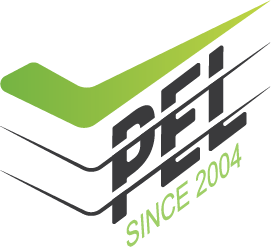

.png)

.jpg?width=1024&name=shutterstock_613882097%20(1).jpg)
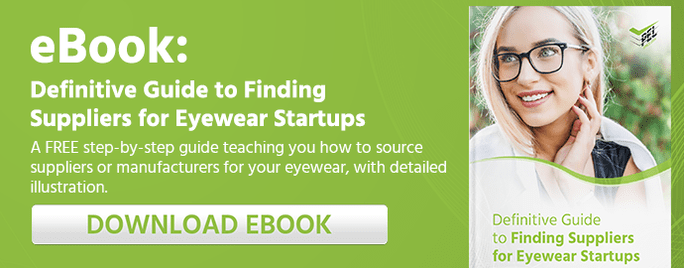

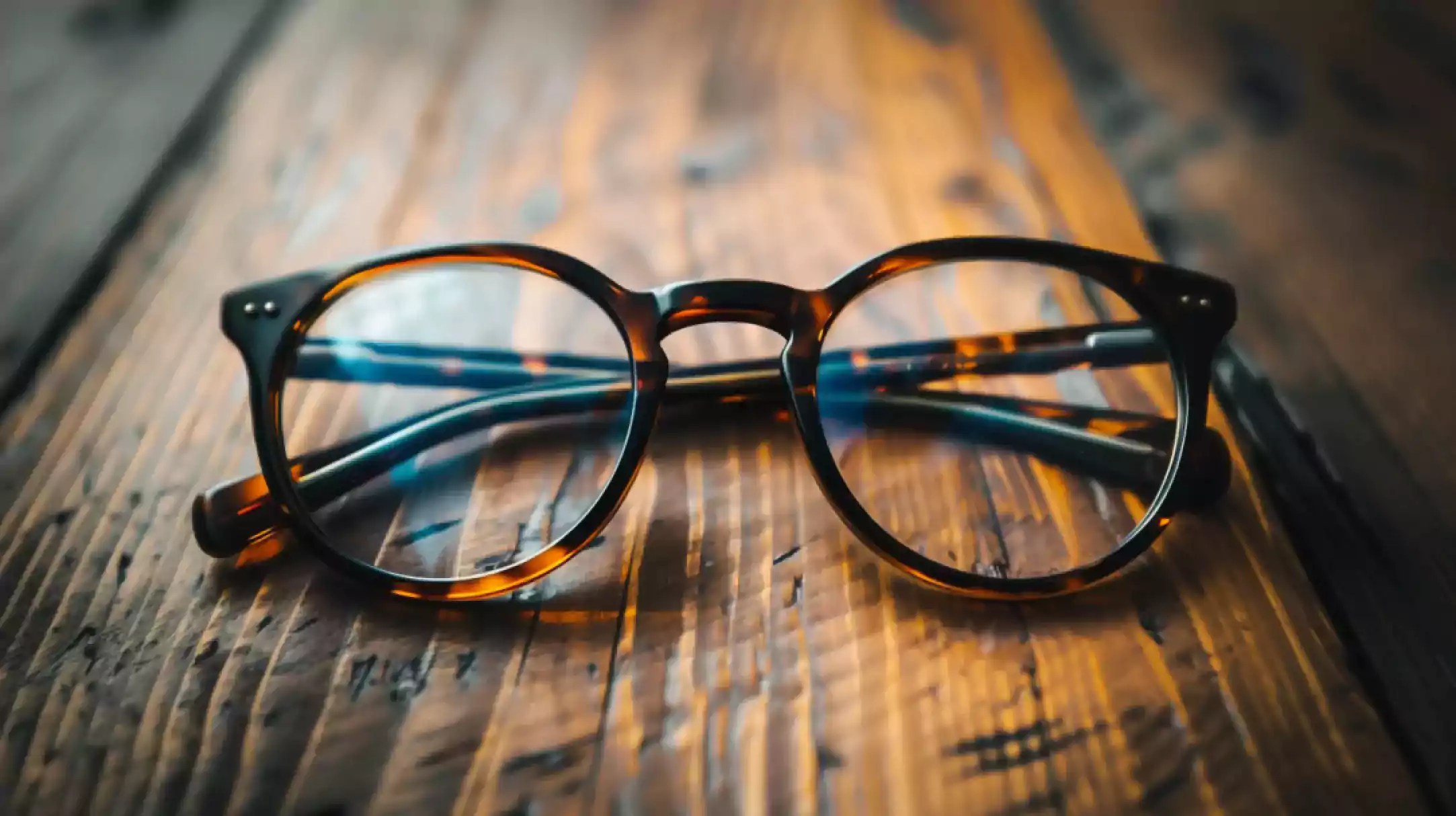
.jpg)
